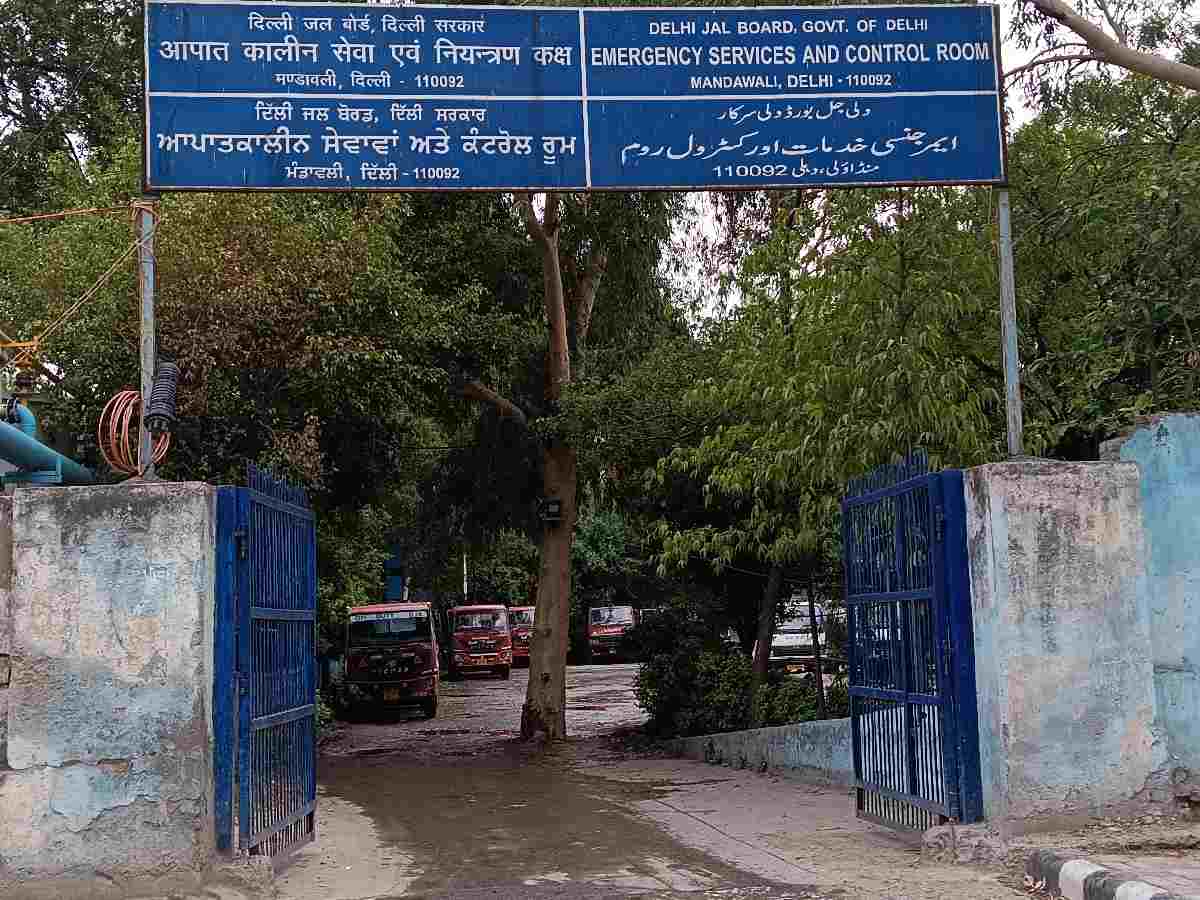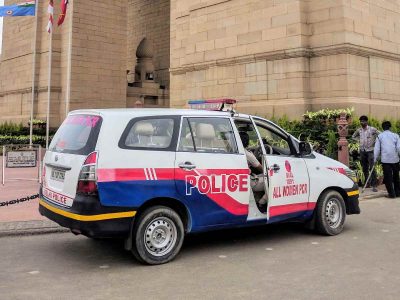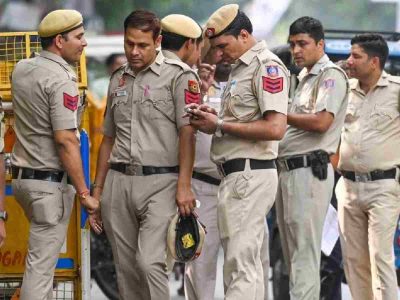Delhi Water Crisis: After suffering from the angst of depleting water capacity, Delhi finally found its feet as it gained 10 MGD of water on June 24, taking the final capacity to 906 MGD. However, the marginal increase has not helped in reducing the woes of residents across the national capital.
The Delhi Jal Board (DJB) Water Emergency Services enclosure in East district’s Mandawali is having to bear the brunt of the lack of water supply. Scores of water tankers wait for their turn to fill themselves up under the three fill-up points.
Each tanker has a capacity of 1,500 litres, according to officials. However, with the lack of water supply in the national capital, a single tanker fails to be enough for a community.
An official said that work begins at six in the morning and does not stop till midnight.
“It is a 24-hour job. The drivers and other operatives get little to no rest as they start in the morning and then the regular rounds end by six in the evening. However, we still have to be ready for any emergency calls on our helpline, so we have to head there. There is no other option,” he said.
Also Read: Water crisis leaves Capital parched
Anil Kumar, 32, a driver of one of the many tankers had already made rounds of multiple localities since six in the morning.
At eight, he was yet to cover Trilokpuri, Mayur Vihar Phase 2, Kalyanpuri, and a few other areas. Between each round taken from the tanker depot to the designated areas, the drivers and their helpers get a moment of respite. Sweat dripping from his forehead, he gulped down his glass of tea and got back into his tanker, as he readied himself to resume his round.
The tanker swerved under the fill-up point as his helper, Prakash Lohar, 22, climbed up and placed the pipe inside.
“It takes around 15 minutes to fill one tanker up, sometimes more but it’s a real test of patience. At the moment, there have been no issues at the depot regarding water supply,” he said.
The water is supplied from the Sonia Vihar water treatment plant in North East Delhi, after which it goes to the DJB plant in Mandawali where it is filtered further and supplied to the fill-up points. However, it has been highlighted by multiple residents that sometimes the water supplied to the localities is more often than not contaminated.
A senior official disclosed that many of the drivers work overtime without any added benefits.
“We have told the DJB headquarters but there is nothing that can be done. They said that these are extraordinary circumstances. At the moment, a single driver makes at least 10 rounds daily on a normal day. Earlier it was only around three rounds to certain pockets,” he said.
As the tanker filled up with water, it left the depot for Trilokpuri. As it left, another tanker followed taking the route for IP Extension. The depot was left with 12 tankers.
Going along the highway, Kumar took a hard turn towards Trilokpuri, a resettlement colony which has faced the brunt of a lack of clean water supply for the past year. The absence of water is enough to push the residents off their beds at 8:30 AM, to line up at the usual spot and wait for the tanker.
According to residents, the tankers have become much more regular arriving every day at the locality.
“During May and early June, they would not arrive on Tuesday but for the past two weeks they have been coming every day,” said Naveen, a resident.
As the tanker arrived to supply water to at least 50 families staying in the locality, the scenario was fairly regulated as each person waited for their turn to fill up their water drums.
They were now used to the lack of water supply.
“Some of us have submersibles put in place but most of the residents have to use the tanker for their daily needs. There is no point fighting among each other if the goal is the same,” said Devika.
The residents added that the process of obtaining their share of water earlier was a fight as one tackled the other, leading some of them to miss out on getting their share of water.
“We have realised that there is no end to the water woes here. We do not have any choice except to help each other, and not get in their way,” Naveen said.
Normally, two tankers arrive at the Trilokpuri locality — one for Blocks 1 to 6 and the other for the rest on the backside. Contaminated water is all that they have been getting for the past six months.
Following the water tanker’s end of supply in Trilokpuri, it headed for the depot once again. Revamped for another round, the tanker headed on towards Mayur Vihar Phase-2 or East Vinod Nagar. The routine is set to continue for multiple rounds, till somebody dials the emergency helpline when that becomes the first call to action.
Presently, the Delhi water minister Atishi has paused her fast to death in protest against the Haryana government’s alleged refusal to release the 613 MGD of water as slated. The decision was taken after a significant drop was noticed in her blood sugar levels.





